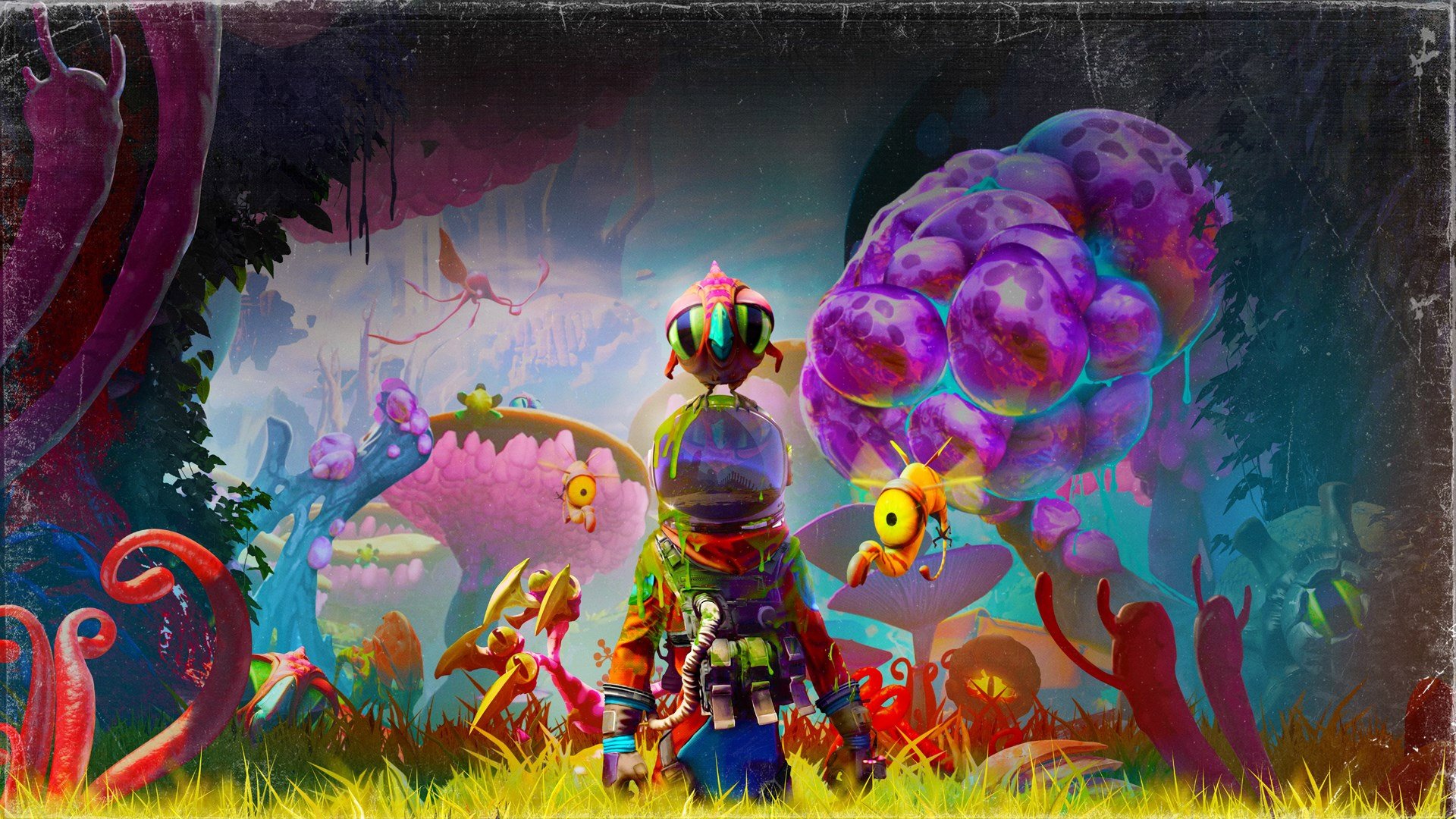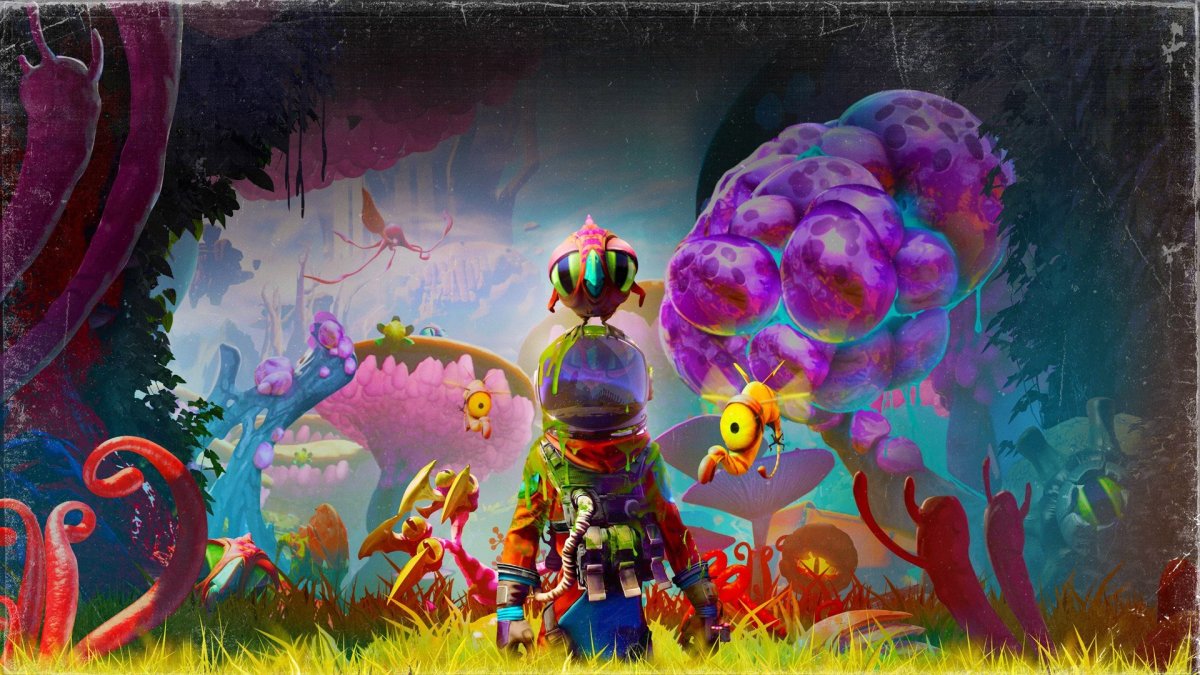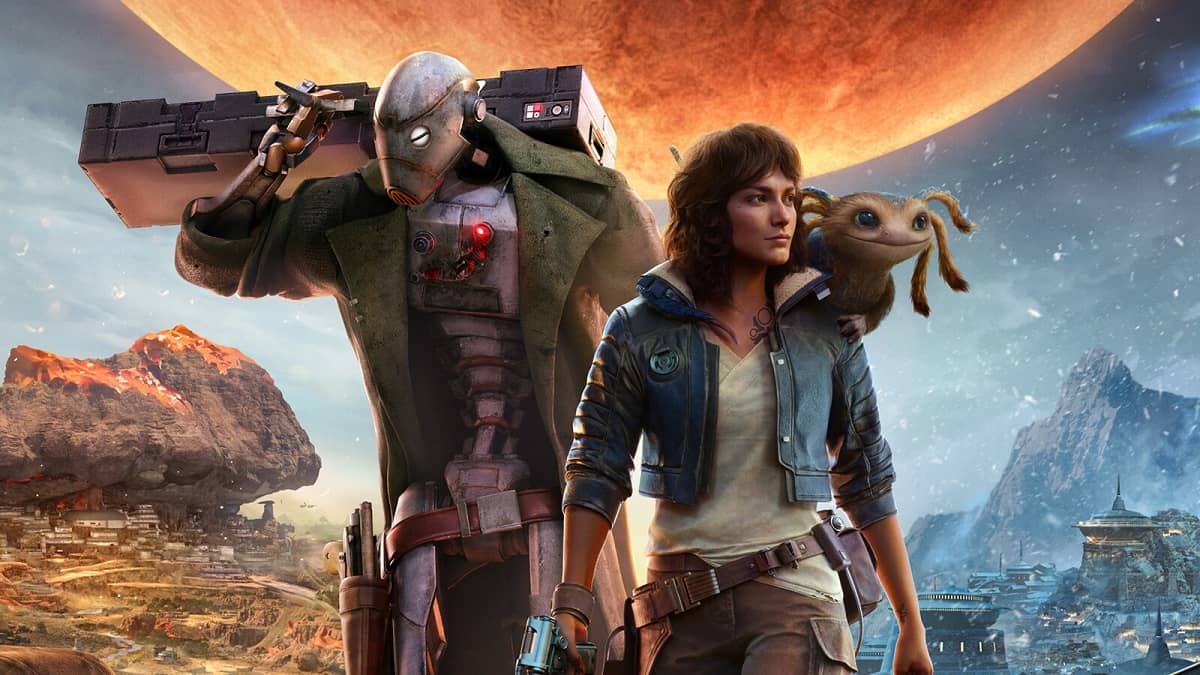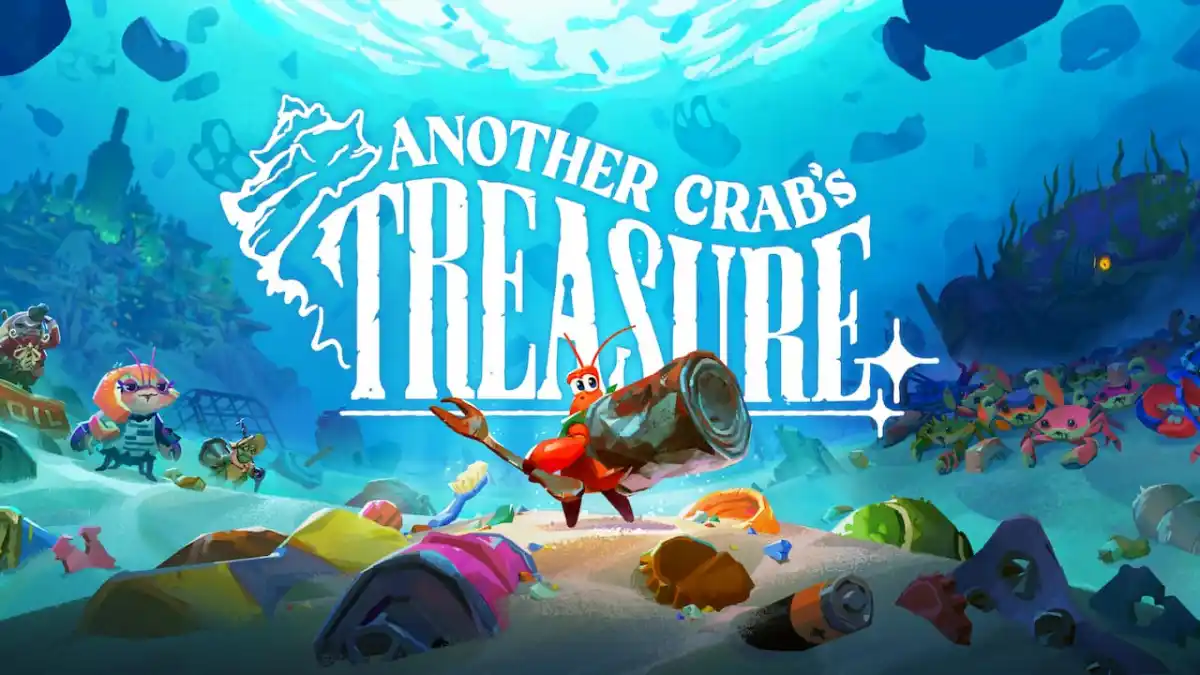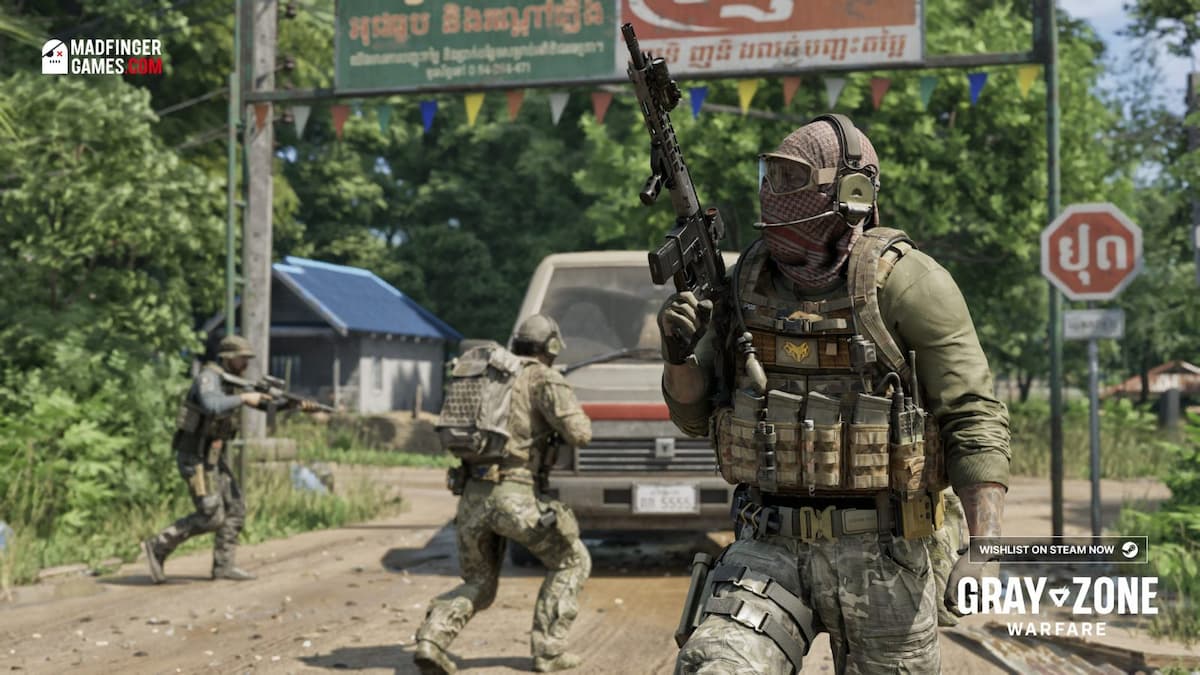A surprisingly easygoing collectible-filled adventure
It’s presumptuous to make this call so early into 2020, but here goes: Journey to the Savage Planet stands a very real chance of being one of my most pleasant surprises in video games this year.
I came in with little to no expectations – heck, I could barely get the name right – and really just hoped for a decent little game to break me out of a post-holiday-break malaise. It did the trick and then some.
As I write this review, I’m seriously considering starting up a third playthrough.

Journey to the Savage Planet (PC, PS4 [reviewed], Xbox One)
Developer: Typhoon Studios
Publisher: 505 Games
Released: January 28, 2020
MSRP: $29.99
Journey to the Savage Planet will look familiar on the surface, and it is – but not necessarily in the way you’d expect. This isn’t trying to be No Man’s Sky or any number of other crafting-centric sci-fi games that might’ve popped up in your Steam recommendations. It’s a story-driven action-exploration game.
As a highly disposable employee of Kindred, the fourth-best interstellar exploration company, you’ll survey Planet ARY-26 – a potential new site for humankind – with a scanner and a humble laser pistol.
The story is mainly told through silly live-action videos and even cheesier commercials that play on your ship, the latter of which are a highlight – think Paul Verhoeven’s greatest hits. You’ll see this stuff whenever you teleport back to base to sift through spam emails or deposit materials used for ability upgrades, but it isn’t forced on you. The same goes for your AI companion. I never got tired of her brutally honest commentary while I was out adventuring, but if you do, there’s a setting for that.
Above all, this game is designed for people who enjoy mentally mapping out 3D spaces, hunting down fairly-placed hidden items, and using their ever-growing lay of the land to sniff out shortcuts. Journey to the Savage Planet strikes this ideal balance between being open-ended and teeming with possibilities but not overwhelming. There’s an inherent joy to your character’s mobility, even while backtracking.
If anything, I’d point to Metroid Prime as a point of comparison. This is a leaner, less combative, unabashedly jovial rendition of the GameCube classic. It makes such great use of horizontal and vertical space, especially once you unlock jump-jets and a grapple beam. You can’t take more than a few steps on this world without some strange creature or just-conspicuous-enough collectible drawing your eye.
There’s shooting, to be sure, but gunplay isn’t the focus outside of a few boss battles. Many of the aliens won’t even attack you on sight, and those who do aren’t particularly taxing. They help fill the space. You could beat Journey to the Savage Planet without adding any damage boosts or reload-speed buffs to your gun, which I dig. You’re just as likely to punt a critter or slap it until it explodes as you are to take aim. That said, you do need to get your hands dirty – enemies drop a few crafting currencies.
You’ll also need to keep an eye out for alien alloys (which act as skill points) and these funky edible orange blobs that make your explorer more durable. There are a hundred to find, but you don’t need to track down every last one to max out your health and stamina – another much-appreciated touch.

The planet is split up into four distinct biomes, each of which is essentially its own stage, and they’re further broken down into individual zones with teleporters that link up with each other and your ship. It’s a super convenient format, one that lends itself well to backtracking and repeat playthroughs. You’ll visit snow-capped fields, flowing volcanoes, floating chunks of rock, mushroom caves, and more.
I can’t stress enough that Journey to the Savage Planet is also a platforming game – you aren’t going to be mindlessly sprinting through vast open spaces. There are often multiple paths forward – some intentional, some far less officially sanctioned – and you’ll use a growing repertoire of throwable items (like grapple-hook anchors) and abilities (like a ground pound) to proceed to your next waypoint.
It took me around seven hours to beat the game, but then I somehow doubled that amount of time tracking down all the collectibles. I couldn’t help myself! The second playthrough was my speedrun attempt (there’s a trophy for clearing it in under four hours), which I finished in just over three.
You might also get extra mileage out of two-player online co-op. As much as cooperative play seems like it’ll suit the happy-go-lucky vibe this game is going for, I was fine playing solo. (It’s worth mentioning that the creative director previously worked on Far Cry 4 – a series I tend to play alone.)

As a new and (relatively) small team, Typhoon Studios punched above its weight. Certain areas of Journey to the Savage Planet weren’t as fleshed-out as they could’ve been – absolutely – but the team knew what to prioritize. The core of this game is special, and I think it’s going to surprise people.
I do have a few complaints, though – flaws in an otherwise wonderfully fun budget-conscious game.
The scanner and bio-sampling tool, in particular, feel routine after a while. You’ll catalog creatures and plants (if you want) and occasionally scan artifacts to get some additional universe-building bits of backstory, but they aren’t super engaging. They’re kind of just there. Similarly, the shooting has a simple arcade-like satisfaction initially, but the lack of meaningful progression leaves the gun feeling shallow.
The last area – the Spire – is also way too much of a repetitive slog. Even a tiny bit more direction would go a long way and help maintain the pacing leading up to the final encounter. Some of these criticisms might sound pretty damning, but they’re more like after-the-fact reflections. I still had a blast.
Journey to the Savage Planet was such a fun way to kick off the decade, and I’m going to bring it up at the end of the year when people inevitably begin asking about the overlooked gems of 2020. If you want something light and breezy with an intoxicating collectible-based feedback loop, here you go.
[This review is based on a retail build of the game provided by the publisher.]
